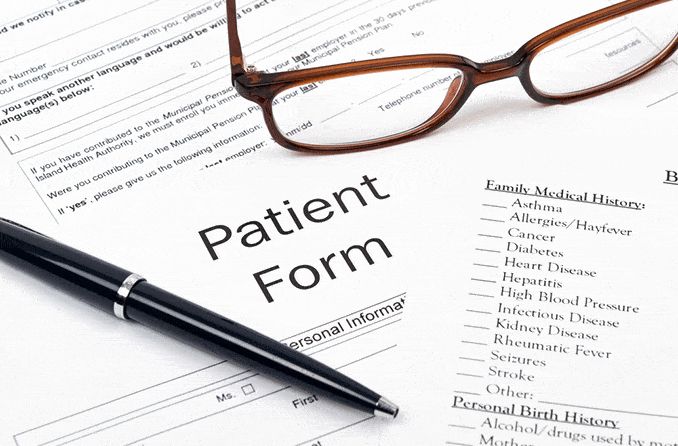Your guide to Medicaid coverage's vision benefits

Medicaid is the U.S. health program that provides medical benefits to groups of low-income people who may have no medical insurance or inadequate medical insurance.
Although the federal government establishes general guidelines for the program, each state sets Medicaid requirements and benefits — including Medicaid vision benefits.
Whether or not you are eligible for Medicaid benefits depends on the guidelines your state adopts.
Federal poverty guidelines for Medicaid eligibility
Income requirements to be eligible for Medicaid benefits vary from state to state, but generally are based on the federal poverty guidelines issued each year by the Department of Health and Human Services (HHS).
For 2020, the annual income levels constituting the federal poverty level for families residing in the 48 contiguous states and the District of Columbia are:
$12,760 for a single person in a household
$17,240 for two people
$21,720 for a family of three
$26,200 for a family of four
$30,680 for a family of five
$35,160 for a family of six
$39,640 for a family of seven
$44,120 for a family of eight
For families with more than eight persons, add $4,480 for each additional person
The federal poverty guidelines are 15% higher for U.S. citizens residing in Hawaii and 25% higher for those living in Alaska.
However, low income alone does not necessarily qualify a person for Medicaid benefits, and many poor Americans are not covered by the program. To be covered by Medicaid, you also must meet other eligibility requirements established by the program. You can learn more about these criteria by contacting your state's Medicaid office.
Medical benefits available under Medicaid
Medicaid eligibility groups classified as "categorically needy" are entitled to these and other health services, including treatment of eye diseases and other vision benefits:
In-hospital stays, except in institutions for mental disease
Out-patient hospital care in certain health clinics
Laboratory services and x-rays
Physicians' services
Medical and surgical services of a dentist
Health screenings for individuals under age 21
Certain home health services
Care during and after pregnancy
Medicaid pays the cost of these services directly to health care providers and not to Medicaid recipients.
NEED A DOCTOR? Find an eye doctor near you.
A person eligible for Medicaid benefits may be asked to pay a co-payment at the time a medical service is provided.
Medicaid vision benefits
The following vision benefits are available for children under 21 under the Early and Periodic Screening, Diagnostic, and Treatment (EPSDT) program of Medicaid:
Lenses
Each state determines individually how frequently these services are provided.
Many states also offer similar vision services for adults. Some states also provide for glaucoma screening to help detect this common eye disease that can damage the eye's optic nerve and cause permanent vision loss.
READ RELATED: Medicare and Medicaid vision benefits
Because cataracts clouding the eye's natural lens are a medical condition, Medicaid also covers a portion of the cost of cataract surgery.
NEED A DOCTOR? Click here to find an eye doctor who accepts Medicare or Medicaid insurance.
To learn more about Medicaid eligibility requirements and Medicaid vision benefits, call your state's Medicaid agency or visit www.medicaid.gov.
Page published on Wednesday, February 27, 2019






